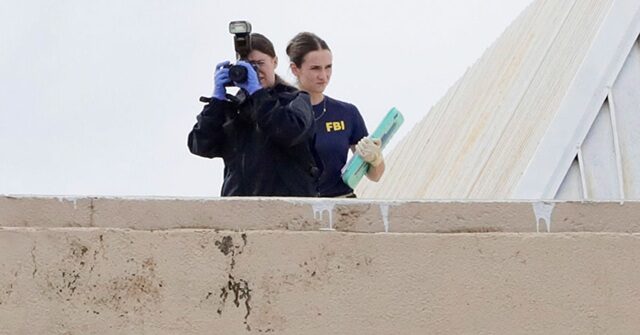After the ICE Facility Shooting: What We Know and What Comes Next
- Authorities are investigating a shooting at an ICE facility in Texas.
- Experts call for calmer public rhetoric while pushing for smarter security measures.
- Balancing transparency, accountability, and safety is the immediate challenge.
On Wednesday, MSNBC’s “Katy Tur Reports” covered the shooting at an ICE facility in Texas, raising questions about motive, response, and security posture across federal detention sites. Law enforcement officials have cordoned off areas, collected evidence, and begun interviews, but many details remain under wraps as the investigation continues. Local and federal agencies are coordinating to piece together the timeline and identify any failures or gaps.
MSNBC Security and Intelligence Analyst Christopher O’Leary weighed in during the broadcast, urging a dual approach: restraint in public speech and a hard look at institutional practices. He reminded viewers that headlines and hot takes can inflame tensions even as investigations proceed, and that operational changes often lag behind public concern. At one point he said, “you also have to start looking
Beyond rhetoric, there are clear, practical steps authorities typically take after incidents like this: review access controls, examine staffing and training records, and assess communication with medical and mental health providers. Facility leaders and oversight bodies will likely face scrutiny about emergency protocols, use-of-force policies, and whether warnings were missed. Families of detainees and staff will want answers fast, and transparent updates can help limit speculation.
Community leaders and civil rights advocates are demanding accountability while urging patience for a full, evidence-based account. They argue that systemic issues—such as overcrowding, resource constraints, and strained mental health services—can create conditions where violence is more likely to occur. Calls for immediate reform will surge, but meaningful change will require sustained political will and funding.
For the broader public, the incident is a reminder that immigration enforcement touches many communities and agencies, and that safety depends on clear policies and competent execution. Congress and oversight committees may open inquiries, and internal reviews can recommend operational fixes ranging from surveillance upgrades to staff mental health resources. Meanwhile, family members, employees, and local residents will be watching every development for signs of real progress.
As investigations proceed, expect phased releases of information: initial incident reports, followed by forensic findings and finally recommendations or disciplinary actions. Media outlets will continue to cover the story, but the facts that emerge from official probes will be the ones that shape long-term responses. The balance between urgent reform and careful, evidence-based change will define how agencies move forward after this troubling event.


Leave a Comment